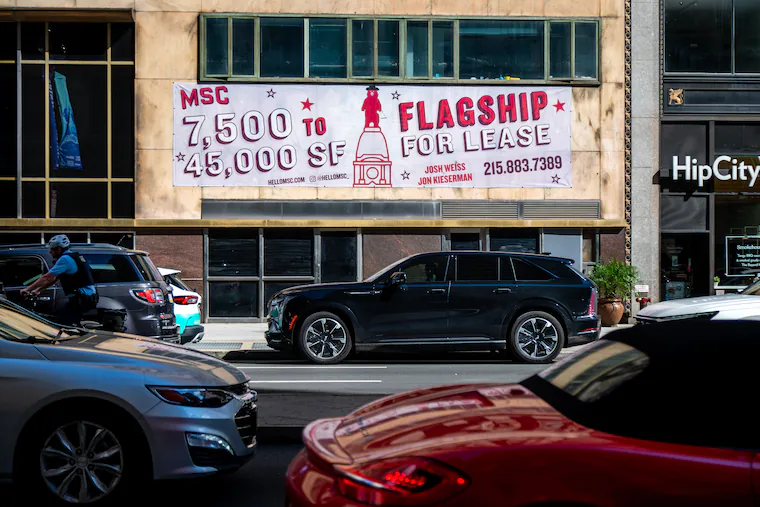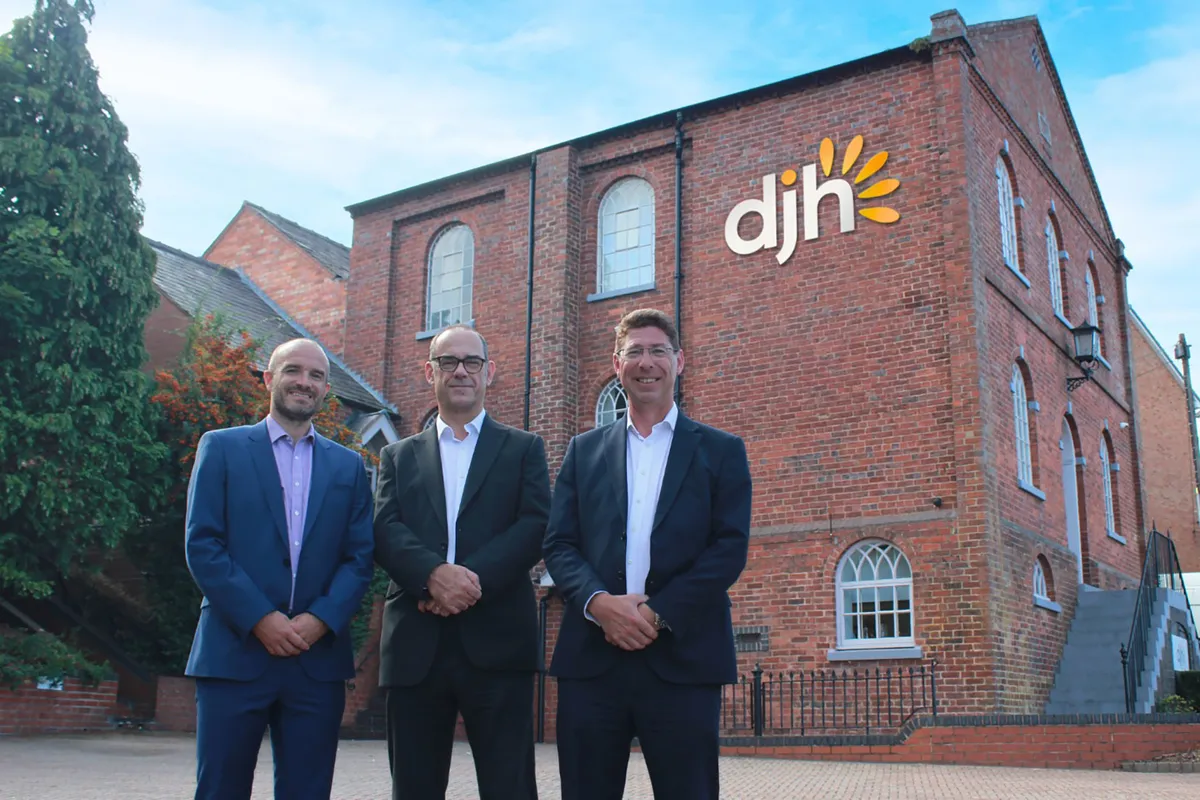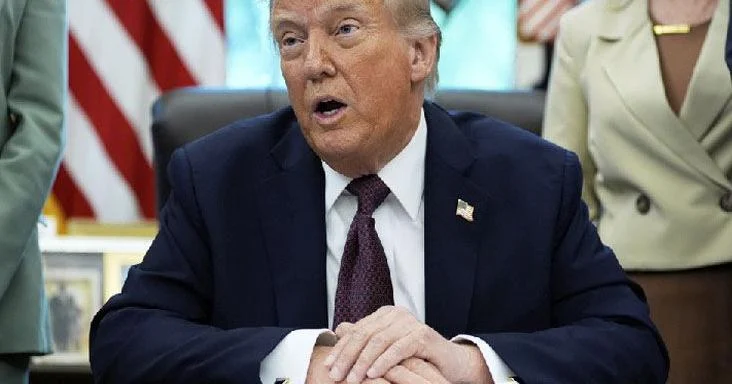
If you’re in the market for an office building in Philadelphia, now’s the time to buy.
Several Center City office buildings have sold in recent months for well under half their previous prices and assessed values, attracting residential developers and out-of-market investors.
The 29-story, 665,000-square-foot tower at 2000 Market St. last sold in 2018 for $107.7 million. In August, it went for $45.5 million to Maryland-based Tide Realty Capital and New York’s CSB Holdings, which plan to retain it as an office building.
“We are considered to be somewhat contrarian investors,” said Aaron Loeb, president ofTide Realty Capital. “Office certainly has significant challenges, but we believe very strongly in the asset class, especially in stronger gateway cities like Philadelphia.”
The 1801 Market St. building with 27 stories and more than 675,000 square feet sold last month for $30 million to PMC Property Group, which will keep part of the space as offices and convert part to residential. The property last sold in 2006 for $75 million, or $144 million in today’s dollars.
Analysts and office brokers say similar sales are likely in the near future.
Multiple large buildings are in various stages of financial distress, including Centre Square at 1500 Market (1.8 million square feet), 1818 Market (almost 1 million square feet), 1515 Market (more than 502,000 square feet), and One South Broad (475,000 square feet).
An Inquirer analysis of city tax assessment data found that the overall value of Philadelphia’s large office buildings in 2019 was about $9.8 billion, slightly higher than today.
But adjusted for inflation, that’s a 28% decline in the last six years. Of 197 office properties worth $5 million or more that were analyzed, the majority saw flat or declining values, while 10% saw their valuations drop by 25% or more.
That analysis notably does not factor in ongoing tax assessment challenges or likely future contests.
As buildings sell for greatly reduced prices, owners have successfully fought the city’s latest assessments, which are used to calculate property and other taxes.
Last year, about 1 in 5 commercial properties filed new appeals, according to data from the city’s Board of Revision of Taxes, seeking to push their official valuations even lower.
The tax valuation of Loeb’s 2000 Market, for example, is listed at $102 million, which the previous owner had already challenged before it was sold for less than half that official assessment.
“I’ve got six to eight more large office properties in Center City that have not yet been resolved in 2025 and 2026,” said Peter Kelsen, a partner with Blank Rome focused on real estate, who has been challenging city property assessments for decades. “There’s more to come.”
These declines affect property tax revenues for the city, which gets 44% of every property tax dollar, and the school district, which gets 56%, as well as all proceeds of the Use and Occupancy tax that is also calculated off assessments.
Center City District, a nonprofit business advocacy group, derives much of its budget from assessments based on commercial property tax valuations, so the declining value of the sector crimps that organization’s finances, too, as well as some sister organizations like the Old City District.
What emptier office buildings mean for fiscal health
The dwindling values have already cost the city millions.
Rob Dubow, longtime finance director for the city, said falling office building assessments had so far cost the city about $6 million annually. But he argued that the impact to the city’s fiscal health has been limited by Philadelphia’s unusual tax structure and historically anemic office sector.
The majority of the city budget consists of revenues from the wage tax, even after years of modest reductions. Property taxes amount to only 15% of the $6.8 billion city budget, and office buildings just a fraction of that.
“Our property valuations are heavily skewed toward residential because we have so many residential properties,” Dubow said. “Office buildings are a relatively small segment of our property tax, which is a relatively small segment of our overall budget.”
Dubow also downplayed the risks of continuing declines from ongoing appeals to the city budget.
“Appeal losses [are] built in going forward,” he said. “There will be [more] appeals. We’ll see how it plays out over time.”
The School District will be hit harder by the falling assessments and is already facing a more dire financial outlook than the city government.
The district already had to dip into its reserves this year to balance its budget and is projecting a $15 million deficit in the next fiscal year, rising to $2 billion in five years.
The office sector’s woes are only a small part of this picture, but the district gets the majority of every dollar of property tax and receives all the revenue from the Use and Occupancy tax, which is also calculated on the assessed value of commercial properties. Together the loss comes to over $10 million annually.
“This is something that definitely would be better if it’s going the opposite direction,” said Michael Herbstman, the school district’s chief financial officer. “But it’s not one of the things that gives me the most heartburn. There’s bigger changes that we’re facing at the state and federal level.”
Center City District, which provides supportive cleaning, events, research, and security services for downtown Philadelphia, relies heavily on fees on property owners within its boundaries that are based on the city’s assessment of property values.
As a result, when office valuations fall, the amount that those building owners pay to CCD falls, too.
The Center City District declined to comment.
“It’s inconceivable that they aren’t getting hurt by this,” said Richardson Dilworth, professor of politics at Drexel University, who studies business improvement districts in Philadelphia.
“They’re the most sophisticated, they have the largest staff, so they’re also in the best position to look for additional funding and know how to adjust themselves,” he said.
Hope for Philadelphia’s office sector?
The city is factoring in $5.6 million in additional appeal losses annually, DuBow said, noting that the office sector’s declining value has been balanced by the strong residential property market and assessments for non-office commercial buildings.
Still, the value of Center City’s large office buildings is unlikely to rebound anytime soon.
According to a recent report from commercial real estate services firm CBRE, almost 23% of Center City office space is vacant — not including major blocks of office space such as the Wanamaker Building that have been taken out of the market for residential conversion.
But that isn’t because of an exodus from the city. In the post-COVID environment, Philadelphia hasn’t lost many major office tenants — although it hasn’t added many either.
Instead, legacy office users have reduced their square footage as hybrid work requires less space because entire staffs are rarely in the office at the same time.
Many law firms, for example, remain in Center City but have dramatically reduced their office footprint. Pre-pandemic Saul Ewing had 130,000 square feet. Now it has 70,000. Moving out of Centre Square, Dilworth Paxson reduced its office space by 40%.
Many of the universities also have pulled back from third party-owned office buildings, with Drexel and Penn moving downtown operations to University City and Temple purchasing a vacant former University of the Arts building.
“The bigger challenge that we have in Philadelphia is the size of the tenants, which continues to shrink,” said Tom Weitzel, managing director with real estate services firm JLL’s Philadelphia office. “You still have strong demand to work in the city, but the number of 100,000-plus-square-foot tenants are fewer and fewer.”
Still, while the highly discounted sales of office buildings are going to continue, it isn’t all doom and gloom in the sector, Weitzel and other observers of Philadelphia’s office market say.
“The vibe is different, the return-to-office conversation is no more,” said Brent Hutchinson, of the Building Owners and Managers Association (BOMA). “Most people are back, and that’s only going to help with the leasing momentum as we move forward.”
Others argue that some tenants who leased short-term space in the post-COVID years are realizing that they underestimated the amount of space they require even in the era of hybrid work.
“When I look at the office market on a go-forward basis, it feels like there’s some green shoots,” said Brett Grifo, executive managing director with real estate services firm Newmark. “There’s [more] room for optimism here over the next 12 months.”
Also, as some office space is purchased at extreme discounts, new owners can afford to fix up their buildings while still offering somewhat cheaper rents.
Others, like the new owners of 2000 Market, plan to invest in higher-end individual office spaces to attract tenants in the third of the building that isn’t occupied.
“We think [Philadelphia] is a vibrant downtown office market with a lot of potential to come back strong this current cycle,” Loeb said.



